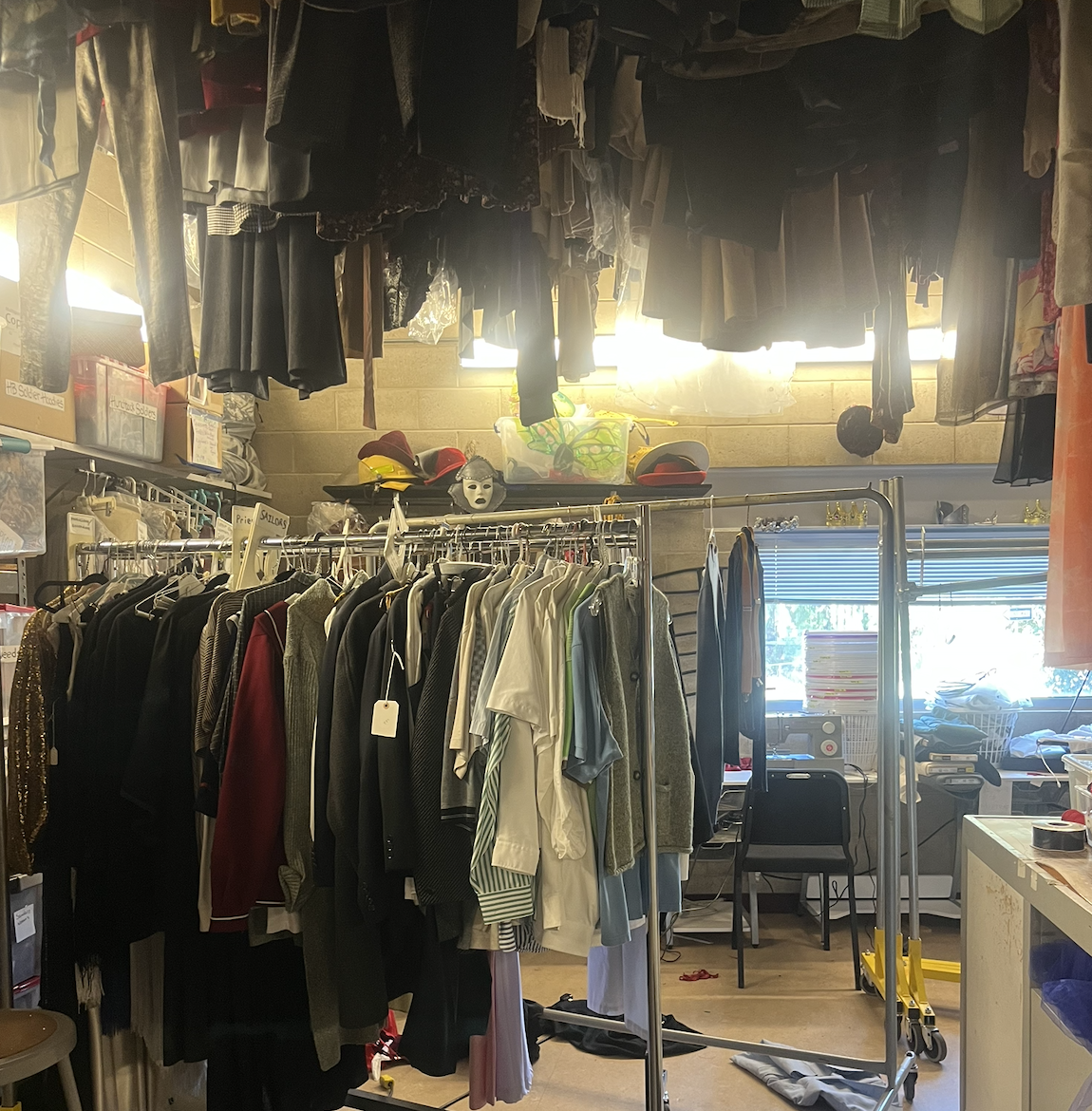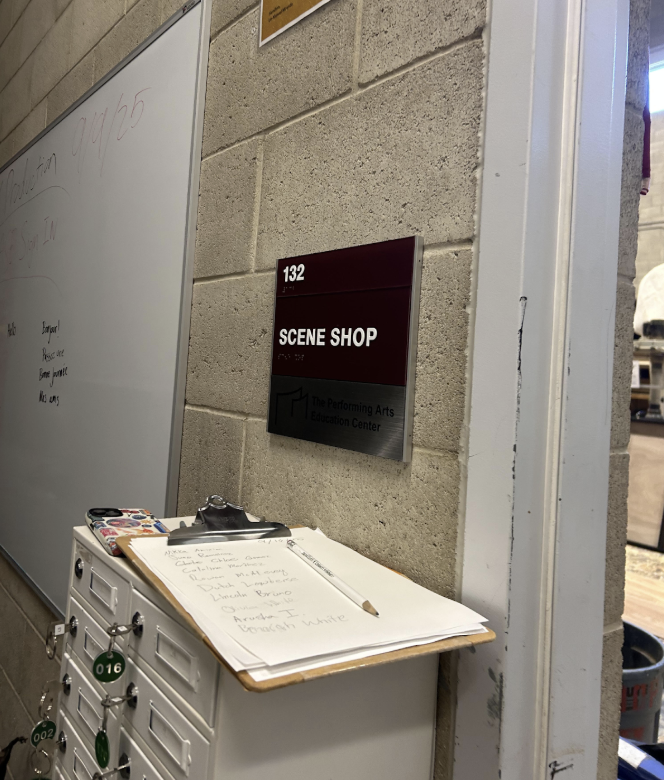Recently, Portuguese scientist Susana Soares has discovered that honeybees have a useful talent: the ability to detect cancer. Honeybees have an exceptional sense of smell, and they can potentially sniff out certain diseases to help provide an early diagnosis. Soares has developed a way to train the bees to do this using a special chamber. According to www.susansoares.com, Soares’s design is the most accurate use of cancer detection by animals to date with a 98-percent accuracy rate.
Soares developed a special apparatus containing the honeybees that potential patients will use to get a diagnosis. The design consists of two chambers, a smaller one within a larger one. First, the patient exhales into the device’s small chamber. Several honeybees hover in the larger chamber, and if they detect cancer, the honeybees will fly into the small chamber into which the patient exhaled.
“[The device] seems like a really innovative way to find cancer,” said sophomore Jessica Harman. “It sounds really simple and easy to use, and it might take some of the stress off of patients who would [otherwise] have to undergo invasive procedures.”
On her website, Soares claims that the honeybees used for diagnosis can be trained in as little as 10 minutes to sense biomarkers associated with certain diseases. She trains her bees using Pavlovian conditioning, a common and effective technique developed by Russian physiologist Ivan Pavlov. This conditioning involves presenting the bees with an “unconditional” stimulus, or a stimulus that the bees will naturally perform without training, that elicits a desired response. Next, Soares pairs this with a “conditional” stimulus, a stimulus that the bees must be trained to which to respond. The bees then learn to elicit this response after experiencing both stimuli. In response to the unconditional stimulus, the bees are attracted to a chemical signal. Using this technique, Soares specialized this stimulus with the biomarkers of cancer. Eventually, the bees learned to fly toward any cancer biomarkers they detected, even without the original stimulus.
Honeybees require an acute sense of smell to function within their colonies in their everyday lives. Bees are very social and rely on chemical signals to communicate within their hive. These signals are picked up by their antennae, which also serve to process flavor and detect physical barriers and objects. This developed and accurate sense of smell is what Soares believes makes bees the optimal organisms for cancer detection. Although this technique has proven to be effective, Soares does not anticipate mass production of her product any time soon.
“I think there’s only four labs in the world doing research into insects for disease screening, which shows you that this approach doesn’t go over well in the western world,” said Soares to Smithsonian Magazine. “Medical and health technologies are a big business, and the bottom line is they just don’t see how something like this can be profitable.”
Soares’s newfound technique in using honeybees to detect cancer opens up a door for research in the future. With accurate results, the use of animals for disease research may just be medicine’s next big step.








